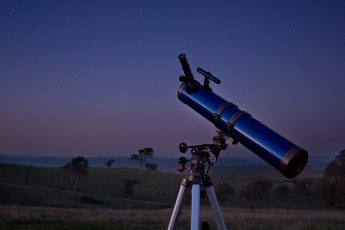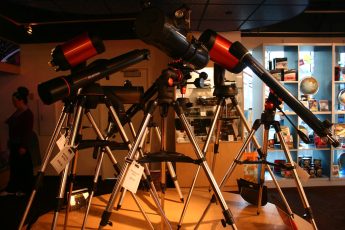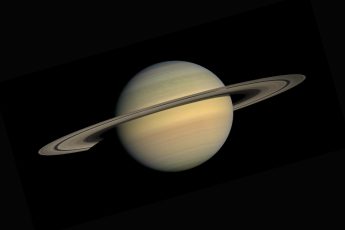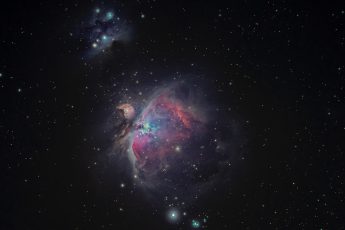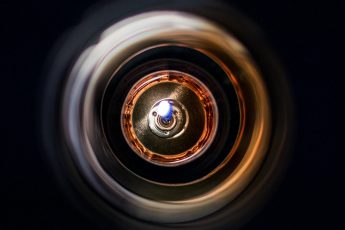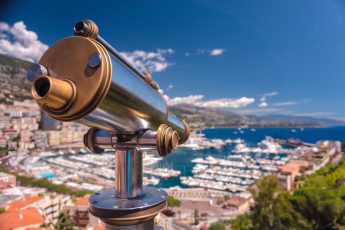Using telescopes and image-enhancement software, you can take photographs of distant objects—even planets, stars, and galaxies—from anywhere. This article will show you how to take photographs through a telescope and view them on your computer. The first thing you’ll need is a telescope.
You can use any type of telescope with this method, but the larger the aperture (the diameter of the lens), the better results you will have. In addition to using your own equipment, many public observatories will let you take photos through their telescopes and then upload them to your computer.
Step 1: Choose a model
To view your telescope on your computer, you need to use a model with some additional hardware. There are two main types of telescopes: those with built-in cameras and those that connect to your computer via USB or Wi-Fi.
- Choose one with a camera.
- If you want to record the images you see through your telescope, choose a model that has its own built-in camera or connects via USB or Wi-Fi. You can later download these photos onto your laptop using software like Stellarium (available for PCs) or TheSkyX Professional Edition (for Macs). These programs will also allow you to simulate various scenarios in which the Earth’s rotation affects what stars appear in what sky positions over different time periods; however, this requires some advanced knowledge of astronomy and programming languages such as Python or JavaScript.
Step 2: Find the right software.
Once you know what kind of telescope you have, it’s time to find the right software. You may be surprised by how many options there are for viewing astronomical objects. There are simple and paid programs; there are specialized programs for specific telescopes and cameras or for both.
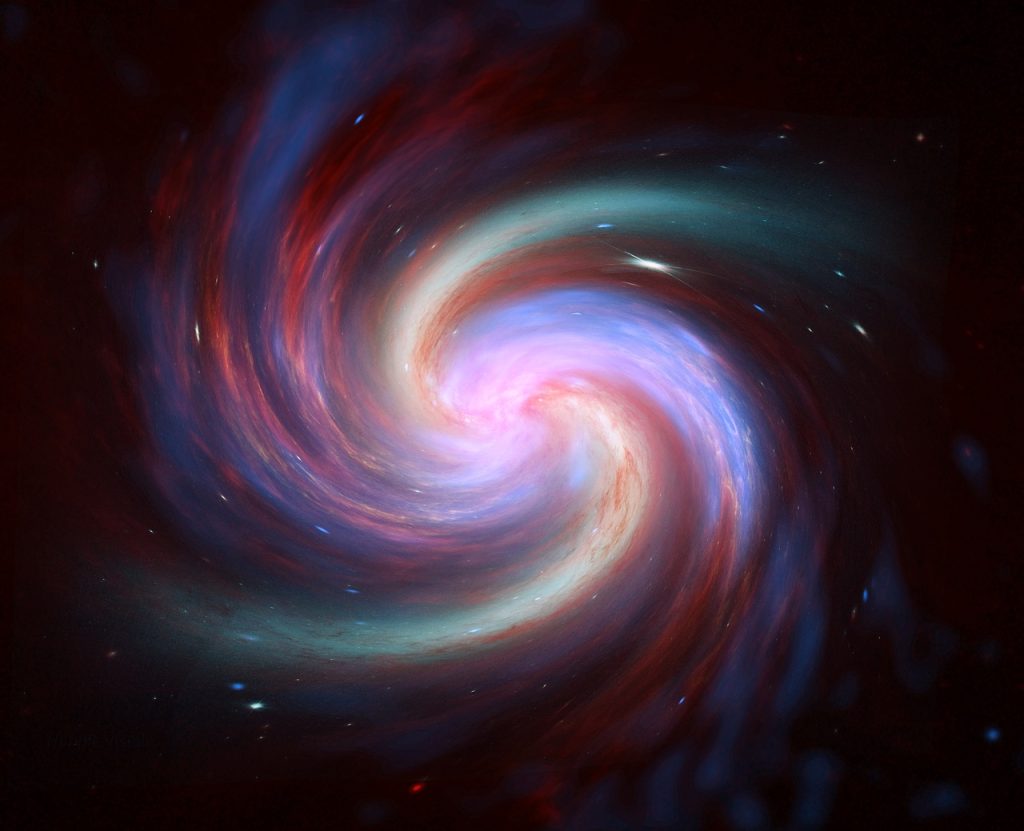
Consider whether you’d like something more basic or powerful, depending on your budget and needs. If you want to get an idea of what’s up there without spending too much money (and/or if your computer isn’t compatible with anything else), try Google Sky Map—it’s free and has been downloaded over 1 million times!
If your goal is getting professional-quality views without breaking the bank, the most popular commercial solution is Stellarium ($25), which boasts nearly 3 million downloads worldwide across Windows, Mac OS X and Linux operating systems; a newer option worth checking out is Nebulosity 4 ($60), which offers some cool features such as automatic alignment support for DSLRs (digital single lens reflex).
Step 3: Set up your telescope
Your telescope is the most essential part of your setup. It’s what will allow you to see details on distant objects and planets, and it’s also what will keep your view steady as the Earth rotates beneath your feet.
Your first step should be to ensure that the telescope is set up properly. The first thing to do is check for stability by placing one hand on each side of the mount, then pushing gently but firmly inward toward yourself from each side (not directly downward—this could move it out of position). If it doesn’t budge at all, or moves only a tiny amount from side to side, then you’re good; if it moves significantly or rocks back-and-forth or front-and-back significantly, then there’s work to do here before using it for astrophotography!
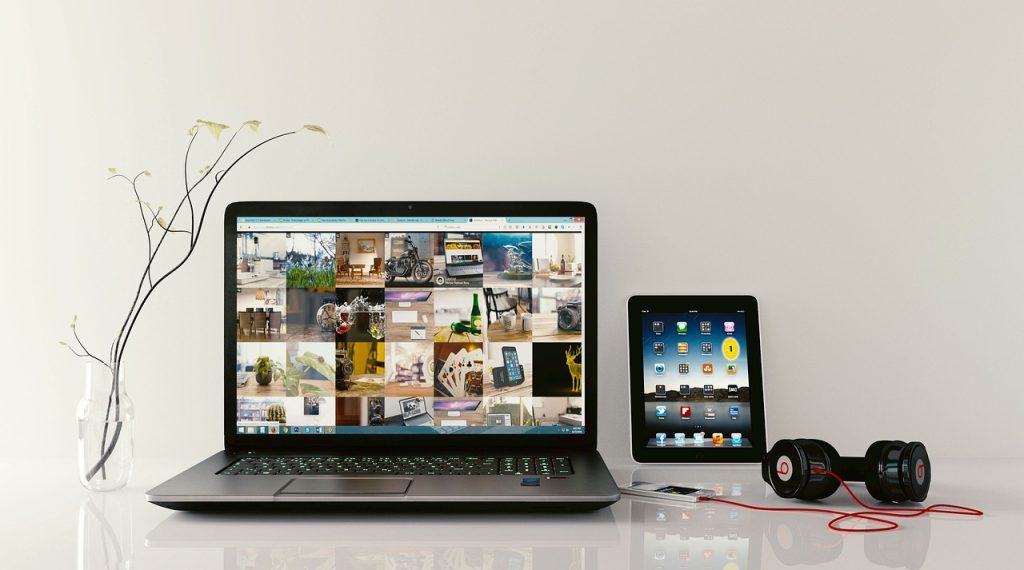
Next up: leveling! You can eyeball this with some practice, but many people find that using a bubble level helps them ensure everything is where they want it before attempting any severe work like astrophotography through their telescope camera adapter setup.
This means doing things like checking that both axes are level (horizontal/vertical) while also making sure they’re parallel–if one axis isn’t parallel with another axis, then any movement along those axes will result in an uneven image across multiple frames since they aren’t all pointing at precisely the same angle relative to one another anymore due to being tilted slightly off kilter because they weren’t leveled out earlier just now during setup time so now some parts point near straight up while others point more towards sideways than anything else:
Step 4: Mount the camera to your telescope
The last step is to mount your camera. If you have a large telescope with a dedicated camera port, the easiest way to do this is to attach the camera using a ball head adapter (like this one) and then place it into the port. This will allow you to adjust your angle and position without any tools.
If you don’t have a dedicated camera port on your telescope, there are two other options:
- Attach the camera directly onto your telescope tube by using an adapter plate for astrophotography (like this one). If you want something easy to use that doesn’t require any tools, look for a product like Skywatcher’s EQ2 Pro Mounting Adapter Disc Kit or Celestron’s StarShoot Adapter Plate Adapter.
- Make sure that all of your equipment has been properly aligned before attaching anything at all! You’ll want everything lined up perfectly so that when everything is connected together it works as expected—no gaps between parts or unnecessary tension on parts could cause damage over time; also make sure nothing gets stuck inside anything else during assembly because this could also lead to problems later down the road…
Step 5: Connect the camera to your computer
- Connect the camera to your computer
You will need a USB cable and an internet connection. You can use a USB hub if you have multiple devices to connect, but these are unnecessary. If you want to view the images on your phone or tablet, connect it via Bluetooth.
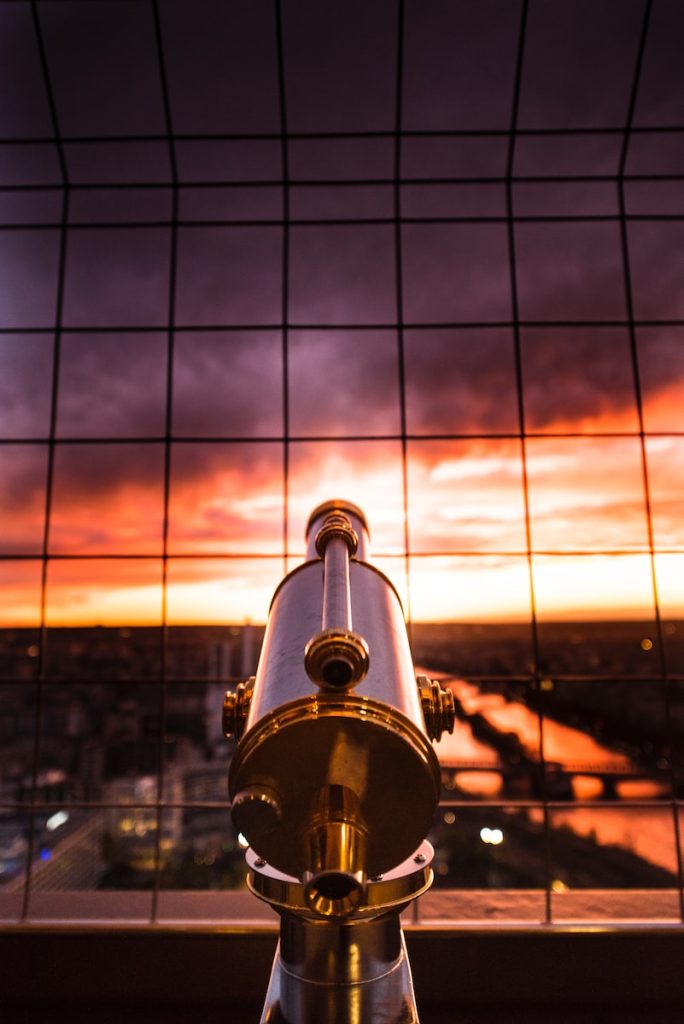
Step 6: Use the software to align your telescope
There are a few ways to align your scope, but they all involve pointing it at some reference point, such as the Moon or another bright star.
To align your telescope:
- Set up the software and connect the computer and telescope.
- Adjust the altitude and azimuth controls until the crosshairs in both finderscopes are centered on a bright object. For example, if you’re using Stellarium (described in Step 4), select an object from its list or choose one from your sky map. Once you see something worth aiming at through either eyepiece, adjust those knobs until both crosshairs appear aligned over that star or other object.
- For more accurate alignment with greater precision than manual adjustments allow (and for easier use of advanced features like autoguiding).
Step 7: Snap your first picture!
Snap your first picture!
With everything ready, you’re ready to take your first photo. For this, you’ll need to ensure that your camera settings are correct. The most important setting is the exposure time (or shutter speed), which will determine how long each image is exposed and how much light gets into the sensor.
- 10 seconds: You’ll get a very dark image with no detail. This can be useful if you want to capture star trails or deep-sky objects like nebulae or galaxies without breaking out an hourglass timer (which would be difficult using a telescope).
- 30 seconds: This should produce a decent-quality image of bright objects like planets, but not as good as 60-second exposures will be able to do.
- 60 seconds: This is what we typically recommend starting off with; it’s long enough that even planets will show up brightly on screen, yet short enough that you won’t have too much noise coming from heat generated by your camera’s sensor during those 60 seconds of exposure time
Using a telescope with a camera is fun and easy.
Using a telescope is easy to take pictures of the moon, sun, and planets. Telescope cameras are also called DSLRs (digital single-lens reflex cameras). They have interchangeable lenses that allow you to take photos from different angles.
Using a telescope with your computer allows you to view these photos and use them for further research or fun!
Conclusion
Now that you’ve set up your telescope, it’s time to start taking some pictures! The best place to start is by looking at the moon. You can also explore other planets and stars, but it’s important to remember that you’ll need a steady tripod to put your telescope on so it doesn’t move while taking photos. If you want to take pictures of other planets, then it’s best to know what time of day their orbits are passing overhead, so they are in clear view!

